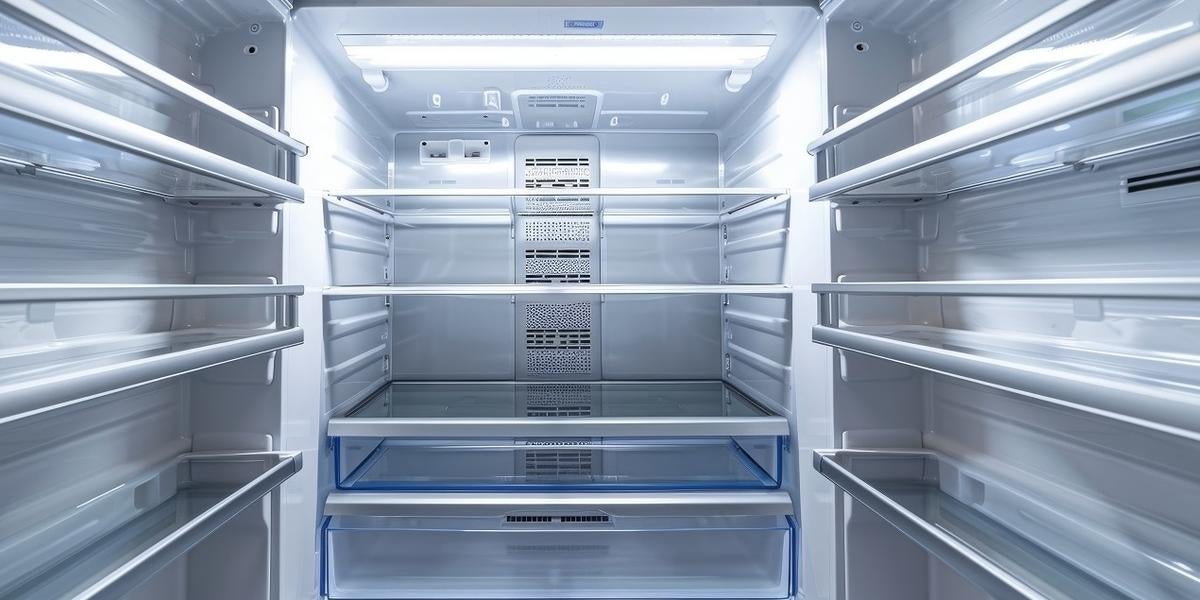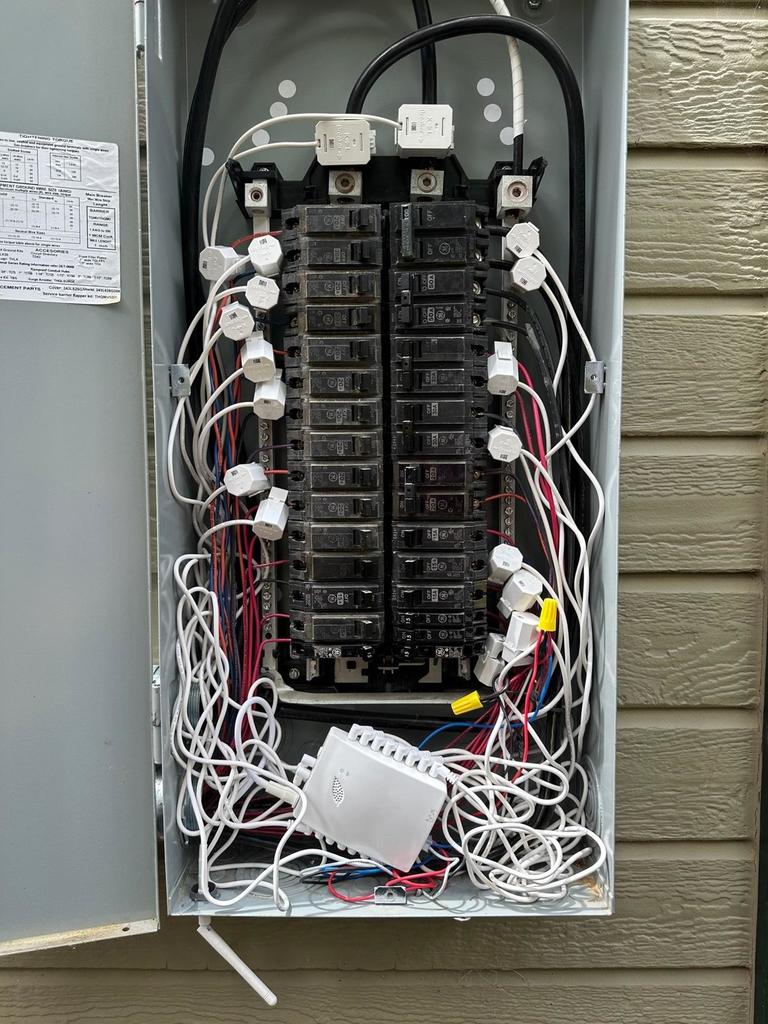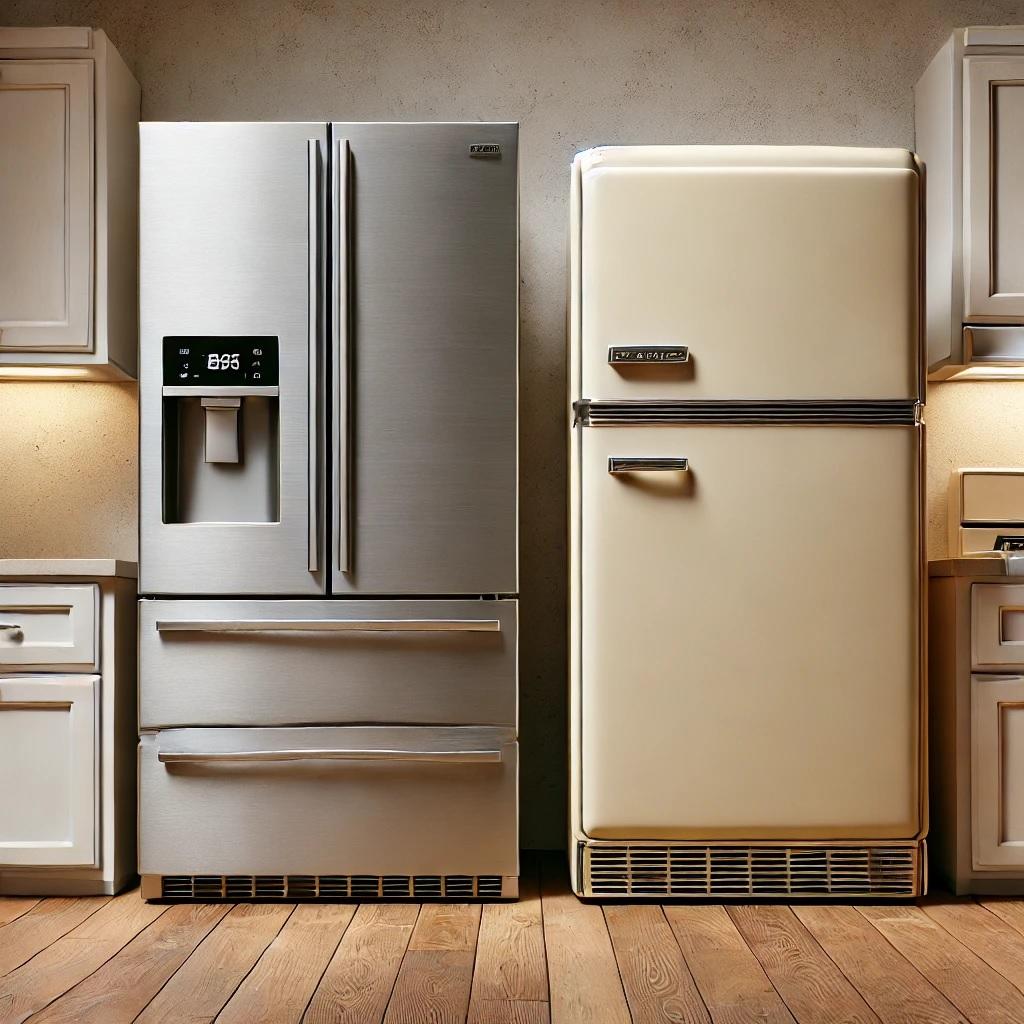Crush Your Beer Fridge, and Maybe Your Main Fridge, Too.

In 2022, I wrote a blog about how that old beer fridge you might have lurking in your garage is probably worth replacing with a newer model. In short, refrigerator prices have dropped, and efficiencies have increased to the point that replacing an old beer fridge can pay for itself in just a few years.
According to the Appliance Standards Awareness Project (ASAP), in 1972, an average refrigerator used nearly 2,000 kWh a year, cost $1,250 (adjusted for inflation to 2010 prices) and was the most energy-thirsty device in a typical home. A series of efficiency standards were introduced, and after an initial price increase, the average cost dropped to $550 in 2010, with annual energy use reduced to 550 kWh.
In America, we have the phenomenon of the beer fridge in the garage or basement. Often, when we remodel our kitchen, the old fridge is moved to the garage as a beer fridge because it still works, and we have space.
That old fridge is power-hungry, and in this video from 2022, I calculated the cost of running it and compared that to the price of a new fridge to see how quickly replacing it would pay for itself.
| 2022 | Energy Usage per Year (kWh) | Energy Cost - National Average ($0.12/kWh) | Energy Cost - California ($0.20/kWh) |
|---|---|---|---|
| Old Model (1980) | 2180 | $261.60 | $437.00 |
| New Model (2020) | 430 | $51.60 | $86.00 |
| Energy Saving Per Year | - | $210 | $351 |
| Payback Period (Cost of New Fridge: $777) | - | 3.7 Years | 2.2 Years |
The payback period for replacing the beer fridge was 3.7 years based on the national average electricity price. In California, where electricity prices are higher than average, that period dropped to 2.2 years.
Increasing Electricity Costs
The national average rate for electricity in the U.S. is now 15 cents per kilowatt-hour (kWh). Prices vary by state, as does the change in price year to year. From 2023 to 2024, 22 states saw either a reduction in the cost or no change. However, just two years ago in 2022, every state experienced a price increase, ranging from 3% in Georgia to a whopping 62% in Rhode Island.
Although we’ve had a period of high inflation, refrigerator prices haven’t risen as quickly as electricity costs for most of us. Here’s an updated look at the return on investment (ROI) you can expect from replacing your old beer fridge today.
Updating the costs to 2024 figures shows that the payback period is now quicker, especially for California residents. If you want to calculate the payback for your own fridge, you can find the energy usage on the back of the unit and plug the numbers into the calculations I walk you through in the video. You can also find your actual electricity cost on your monthly bill.
| 2024 | Energy Usage per Year (kWh) | Energy Cost - National Average ($0.15/kWh) | Energy Cost - California ($0.41/kWh) |
|---|---|---|---|
| Old model (1980) | 2180 | $327.00 | $893.80 |
| New Model (2020) | 430 | $65.00 | $176.30 |
| Energy Saving Per Year | - | $263 | $718 |
| Payback Period (Cost of New Fridge: $830) | - | 3.2 Years | 1.2 Years |
Hidden Electricity Hogs in the Home

I recently spoke with two homeowners, one in California and one in Arizona, who were concerned about their electricity bills. Both couples take multiple-week trips and were surprised that their bills didn’t drop more while they were away. To find out where the energy was going, they used energy monitoring devices.
Many companies offer home energy monitoring solutions. The main device attaches to your electrical panel and monitors how much electricity is coming into your home. Smaller devices clamp onto individual breakers to monitor which circuits are consuming energy. These systems use either Wi-Fi or Ethernet to connect to an app that records the information.
Both homes have three bedrooms, with two adults living in them, and neither home was running heating or cooling at the time of the test. In both cases, the main refrigerator in the kitchen was the biggest culprit, drawing 26% (CA) and 20% (AZ) of the power usage. Unlike most other appliances, refrigerators run for about eight hours a day, as the compressor operates at a one-third duty cycle. This makes their impact on power consumption potentially greater than that of appliances used for only a few hours a day.
Interestingly, both of these homes had 30-year-old, large, high-end refrigerators that were still working well but were not as efficient as newer models. Both refrigerators used 2,688 kWh per year compared to 698 kWh for similar new refrigerators.
The time to pay off a replacement kitchen refrigerator may be longer due to the higher price of these high-end models.
In this example, I used $3,000 for the new model, though it’s possible to spend considerably more or less on a similar refrigerator.
Using the national average electricity rate (which is close to Arizona’s rate), the payoff for a new high-end refrigerator is 10 years. However, in states with higher electricity prices, the ROI is faster. In California, for example, the payback period is 3.7 years and would be even faster in Hawaii and Rhode Island.
Often, as appliances age, we consider the cost of repairs versus how much longer we might extend their life. By factoring in the cost of running the older appliance, you may be persuaded to replace it sooner and start saving on your electricity bill.
| 2024 High-End Fridge | Energy Usage per Year (kWh) | Energy Cost - National Average ($0.15/kWh) | Energy Cost - California ($0.41/kWh) |
|---|---|---|---|
| Old Model (1980) | 2688 | $403.00 | $1,102.08 |
| New Model | 698 | $105.00 | $286.18 |
| Energy Saving Per Year | - | $298 | $815.90 |
| Payback Period (Cost of New Fridge: $3,000) | - | 10 Years | 3.7 Years |
Home energy monitors can help identify where power is being consumed in the home. The systems mentioned above monitor the entire home, but smart plugs can monitor individual devices. Perhaps your refrigerator is efficient, but you have an old, power-hungry chest freezer in the garage or a water heater that has turned into an energy guzzler. The good news is that governments continue to introduce lower efficiency targets to reduce greenhouse gas emissions. Manufacturers, supported by innovations from companies like Power Integrations, continue to produce higher-efficiency models. Each time we replace an appliance, we can look forward to reducing power consumption.

Power Integrations’ InnoMux2-EP family is an off-line zero voltage switching (ZVS) flyback switcher IC with up to three constant voltage outputs, or one constant voltage and one constant current output for a dimmable LED string. It’s ideal for increasing efficiency in refrigerators with built-in displays. The InnoMux2-EP IC dramatically improves power conversion efficiency by independently regulating and protecting each output, eliminating multiple downstream conversion stages.
InnoMux-2 IC-based designs have low bill of materials (BOM) count and small size. These ICs incorporates both primary and secondary-side controllers, with protection, sense elements, and a safety-rated feedback mechanism (FluxLink) in a single IC. The InnoMux2-BL IC family also includes an LED backlight controller that supports multi-mode dimming, making it ideal for monitors, TVs, and appliances with lighting or display requirements.
The InnoMux-2 IC family features enhanced technology to maximize conversion efficiency, including quasi-resonant switching in DCM operation, accurate SR control, and minimum-threshold regulation for the LED driver.





